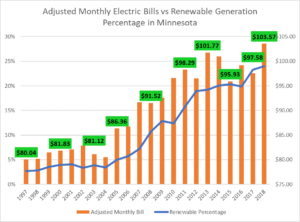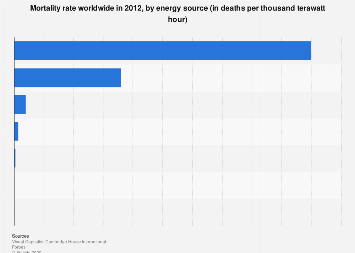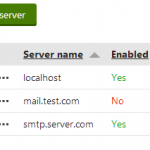

Demand response may be a modification within the power consumption of an electrical utility client to match the demand for power with the provision. Until recently electric energy couldn’t be simply stored, thus utilities have historically matched demand and provide by choking the assembly rate of their power plants, taking generating units on or offline, or mercantilism power from alternative utilities. There are limits to what will be achieved on the supply side, as a result, some generating units will take an extended time to come back up to full power, some units are also terribly high-priced to operate, and demand can occasionally be larger than the capability of all the on the market Pulse Power placed together. Demand response seeks to regulate the demand for power rather than adjusting the supply.
- Utilities could signal demand requests to their clients during a style of ways, together with easy off-season metering, within which power is cheaper at times of the day, and good metering, in which express requests or changes in value will be communicated to customers. The customer may adjust power demand by suspending some tasks that need massive amounts of electrical power or may attempt to pay a better price for his or her electricity. Some customers could switch a part of their consumption to alternate sources, cherishing on-the-spot star panels and batteries.
- In several respects, demand response will be placed merely as a technology-enabled economic parcelling system for power supply. In demand response, voluntary rationing is accomplished by value incentives giving lower internet unit rating in exchange for reduced power consumption in peak periods. The direct implication is that users of electrical power capability not reducing usage load throughout peak periods can pay “surge” unit prices, whether or not directly or factored into general rates.
Good grid applications:
Good grid applications improve the power of electricity producers Associate in Nursing customers to speak with each other and build selections concerning however and once to provide and consume electrical power. This rising technology can permit clients to shift from an event-based demand response wherever the utility requests the shedding of load, to an additional 24/7-based demand response where the customer sees incentives for dominant load all the time. Although this back-and-forth dialogue will increase the opportunities for demand response, customers are still mostly influenced by economic incentives and are reluctant to relinquish the total management of their assets to utility companies.
Electricity rating:
2 Carnegie financier studies in 2006 checked out the importance of demand response for the electricity trade normally terms and with specific application of time period pricing for customers for the PJM Interconnection Regional Transmission Authority, serving sixty five million customers within the USA with a hundred and eighty gigawatts of generating capacity. The latter study found that even little shifts in peak demand would have an oversized impact on savings to consumers and avoided prices for extra peak capacity: a 1% shift in peak demand would lead to savings of 3.9%, billions of bucks at the system level. Associate in Nursing about 10% reduction in peak demand achievable counting on the snap of demand would lead to systems savings of between $8 and $28 billion.



